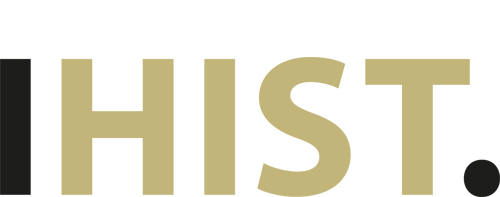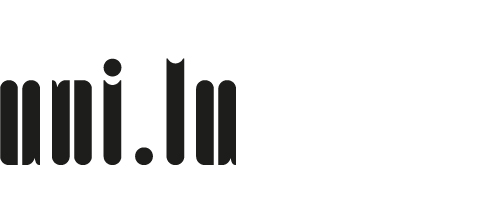SLAVECON
Slavery in the socio-economic context of the Roman provinces of Germania Inferior and Germania Superior, and the neighbouring areas
The project focusses on the analysis of the iconographic, epigraphic, and archaeological material of slaves and freedmen of the provinces of Germania Inferior and Superior and the neighbouring areas in Gaul (with a focus on the « Greater Region »).
In a first step, it’s aim is to compile a critical edition of the material sources of slavery in a restricted geographical area. All the monuments will be accessible in a new created Internet database (eidos.uni.lu). The Corpus will comprise information on the provenance of the objects and an analysis of the iconographical and epigraphic details. It will also contain an interpretation of the criteria of identification of slaves and freedmen.
In a second step, the project will also consider the socio-economic background of slaves and freedmen by including the archaeological evidence of the urban and military context besides of the rural areas, where slaves were working in.
The multidisciplinary approach will provide the opportunity to analyse the semiotics of the slaves’ images and the use of these images as means of ‘propaganda’, the commemorative culture, the problem of the slaves’ self-representation and of their identity in different historical and socio-cultural contexts as well as the impact of slaves and freedmen on the economy of Roman Gaul and the provinces of the Germaniae.
With the lack of written sources in the Roman provinces, their epigraphic, iconographic and archaeologic evidence is of the utmost importance. The focus on material culture will open up other perspectives on the slaves’ life and status other than the literary and juridical sources.
In terms of the quantity and quality of the evidence, the regional focus provides ideal conditions for the analysis of the socio-economic context of slaves and freedmen outside Italy.
Illustration: © GDKE/Rheinisches Landesmuseum Trier, Foto: Th. Zühmer [http://www.landesmuseum-trier.de]


